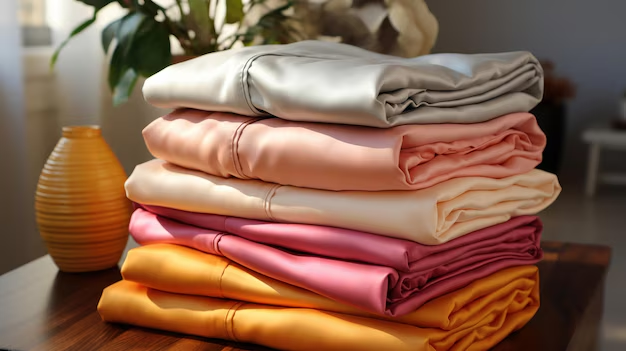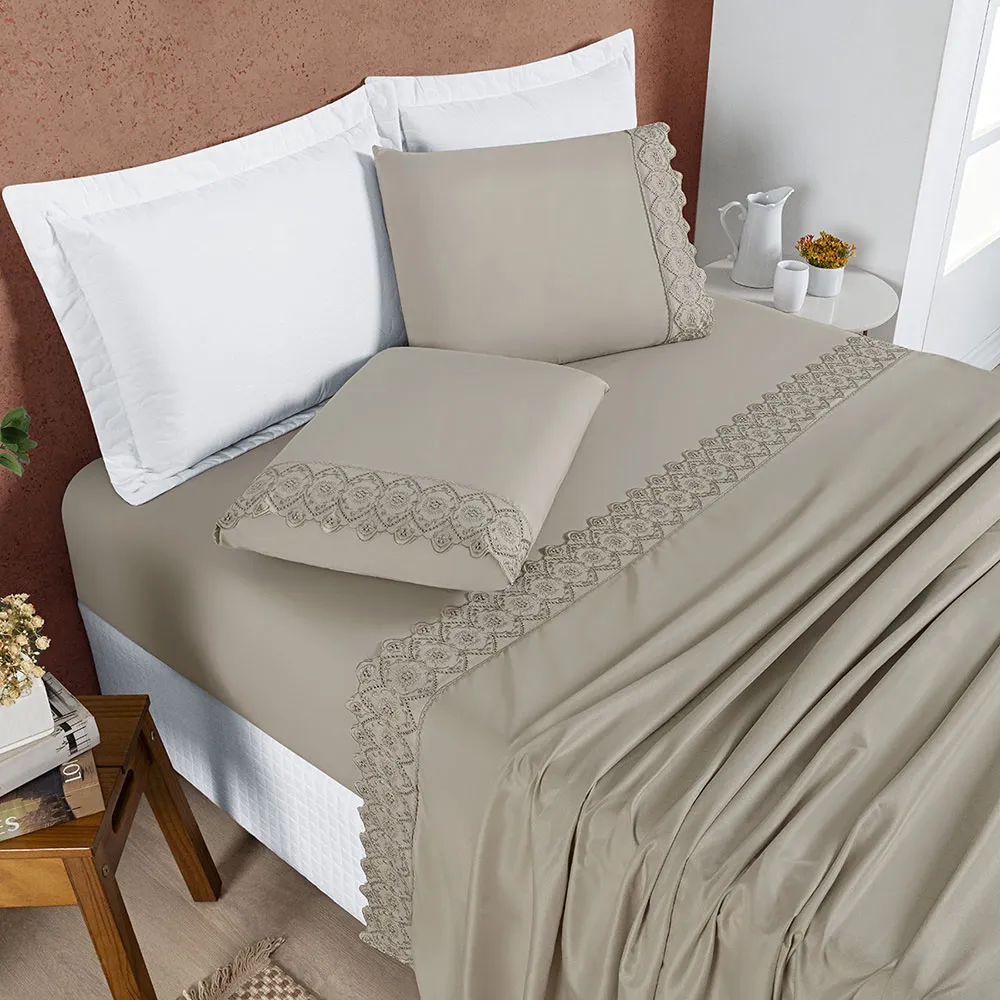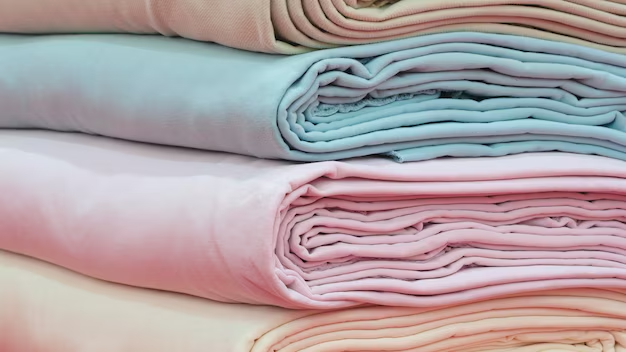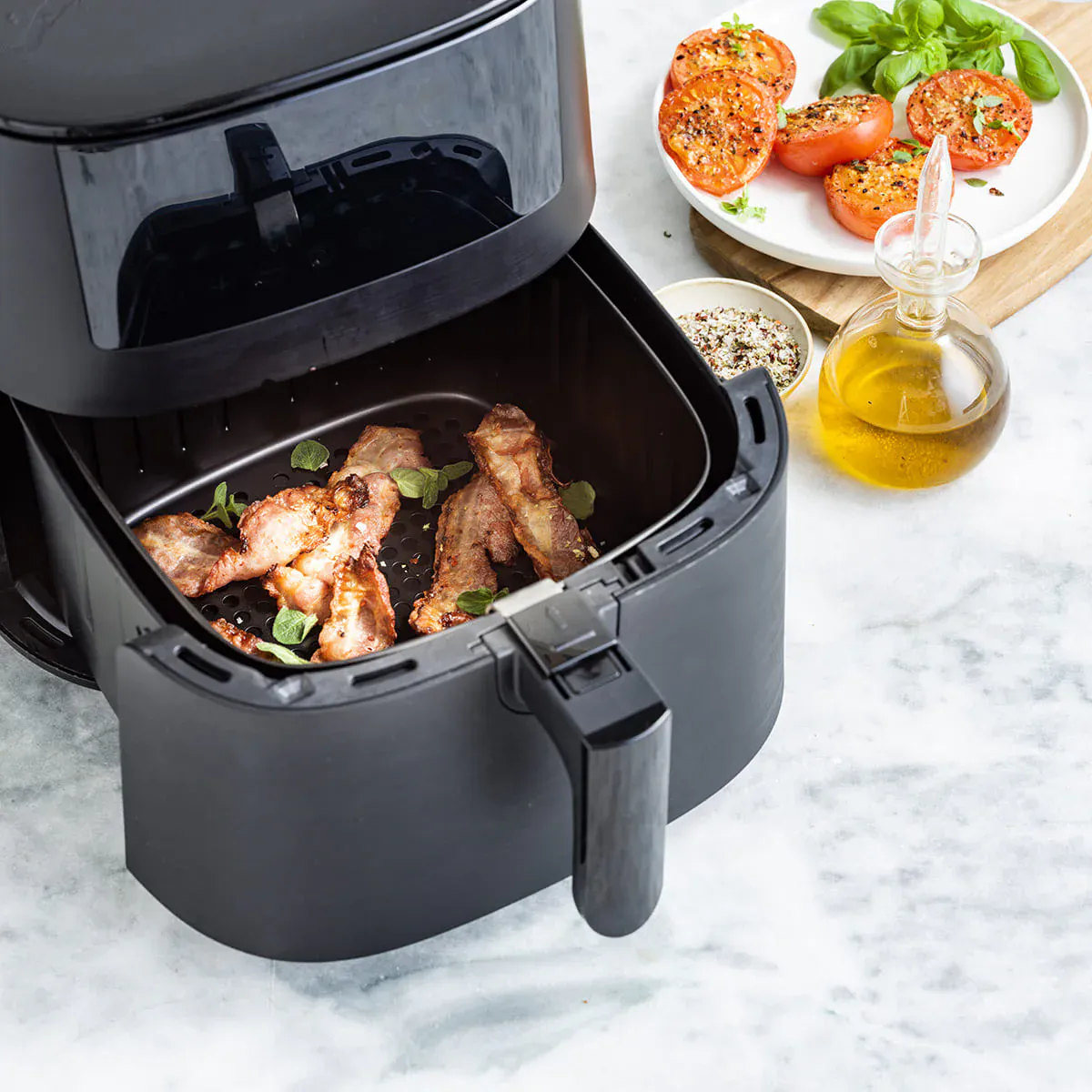Cotton, Microfiber, Satin, Polyester, Percale Sheets: Which Is Best? How to Choose?
Discover which type of bed sheet is perfect for you! Complete analysis of materials: cotton, microfiber, satin, polyester, and percale. Practical guide with pros, cons, and selection tips.
Choosing the perfect bed sheets might seem straightforward, but this decision directly impacts your sleep quality and nighttime comfort. With so many options on the market - cotton, microfiber, satin, polyester, percale - it's normal to feel overwhelmed about which material offers the best value for your money.
Each type of fabric has unique characteristics that can make all the difference in your sleeping experience. Some are cooler for summer, others retain heat better in winter. There are those that are more durable, softer, or easier to care for.
In this comprehensive guide, I'll show you the main differences between each material, their advantages and disadvantages, and how to choose the perfect sheets for your lifestyle. Get ready to discover which fabric will transform your nights of sleep!
Table of Contents
- Cotton: The Timeless Classic
- Microfiber: Convenience and Value
- Satin: Luxury and Elegance in Bed
- Polyester: Durability and Low Cost
- Percale: The Art of Weaving
- How to Choose the Right Material
- Material Comparison Chart
- Care and Maintenance
- Conclusion
Cotton: The Timeless Classic
Cotton is considered the "gold standard" when it comes to bedding. This natural material, extracted from cotton plant fibers, has won over generations with its versatility and unmatched comfort.
Cotton's main advantage lies in its breathability. Natural fibers allow excellent air circulation, which means cooler nights in summer. Additionally, cotton has high absorption capacity, wicking moisture away from your body during sleep.
For those with sensitive skin or allergies, 100% natural cotton is practically unbeatable. Its fibers don't cause irritation and are naturally hypoallergenic. Durability is also a strong point - quality cotton sheets can last years while maintaining their characteristics.
However, it's not all perfect. Cotton tends to wrinkle more easily than synthetic fabrics, requiring more careful handling. The price is also typically higher, especially for long-staple cottons like Pima and Egyptian. Another consideration is that it may shrink during the first wash if not pre-shrunk.

Microfiber: Convenience and Value
Microfiber revolutionized the bedding world by offering convenience without sacrificing comfort. Composed of ultra-fine synthetic fibers, usually polyester, it combines softness with easy maintenance.
One of microfiber's biggest advantages is its resistance. It doesn't fade easily, doesn't pill, and maintains vibrant colors much longer. For families with children or people who need to wash bedding frequently, it's a smart choice.
Drying time is another highlight. While cotton sheets can take hours to dry completely, microfiber dries in record time. This is especially useful for those who don't have many sheet sets or live in small apartments.
The affordable price makes microfiber an excellent entry point for anyone wanting to refresh their bedding without breaking the budget. You can find quality options at very competitive prices.
However, microfiber can retain more heat than cotton, making it less suitable for people who get very hot during sleep. It may also generate slightly more static electricity, especially in very dry environments.
Satin: Luxury and Elegance in Bed
Satin isn't exactly a material, but rather a weaving technique that creates that smooth, shiny surface we know. It can be made from silk, polyester, cotton, or other fibers, with silk being the most luxurious option.
The feeling of sleeping on satin sheets is unique. The smooth surface reduces friction with skin and hair, which can help prevent frizz and even wrinkles. Many dermatologists recommend satin or silk for people with curly hair or very sensitive skin.
Visually, satin transforms any bed into a movie scene. The subtle shine and impeccable drape create a sophisticated and elegant atmosphere in the bedroom. It's perfect for special occasions or for those who enjoy a touch of glamour in everyday life.
Satin's thermal comfort is interesting: it offers an initial cool sensation but can also maintain warmth when needed. This versatility makes it suitable for different seasons.
On the other hand, satin can be slippery, causing sheets to slip out of place during the night. It also wrinkles more easily and requires special care when washing. The price, especially for silk satin, can be quite high.

Polyester: Durability and Low Cost
Polyester is a synthetic fiber derived from petroleum that became popular for its exceptional durability and affordable price. While it doesn't have the sophistication of cotton or silk, it offers important practical advantages.
Durability is polyester's greatest asset. It withstands frequent washing, doesn't shrink, maintains its original shape, and rarely develops defects like pilling or fraying. For those seeking sheets that will last years without losing their characteristics, it's a smart choice.
Maintenance convenience is another strong point. Polyester dries quickly, doesn't wrinkle as much as natural fibers, and can be machine washed without special care. It's ideal for hotels, inns, or for heavy daily use.
Polyester's cost-effectiveness is unbeatable. You can get reasonably quality sheets for very low prices, allowing you to have several sheet sets without compromising your family budget.
However, polyester has important limitations. It doesn't breathe like natural fibers, potentially causing discomfort for people who perspire heavily during sleep. The feel is also different - less soft and natural than cotton. Additionally, it may generate more static electricity.
Percale: The Art of Weaving
Percale is a special weaving technique where threads cross one over one, creating a very tight and compact weave. Traditionally made with cotton but also available in other fibers, percale is synonymous with superior quality and durability.
The percale weaving technique results in a denser yet surprisingly lightweight fabric. The feel is of refined softness, especially in percales with higher thread counts. It's like having cotton's softness elevated to the next level.
Percale's durability surpasses most other fabrics. The tight weave significantly reduces the risk of fraying, holes, or deformation. Investing in quality percale means having sheets that can last decades with proper care.
Thermal control is also excellent. Percale maintains cotton's breathable properties, offering comfort in both summer and winter. It's a versatile choice for different climates and personal preferences.
Thread count in percale ranges from 180 to 400 threads per square inch. The higher the number, the finer and softer the fabric will be. Percales with 300 to 400 thread counts offer luxury comparable to the world's finest hotels.
Quality percale pricing can be high, especially in higher thread counts. It also requires careful washing to maintain its characteristics. For many, however, the investment is worth it for the exceptional durability and comfort.
How to Choose the Right Material
Choosing the perfect sheets depends on several personal and practical factors. Your sleep profile, local climate, budget, and maintenance preferences are the main criteria to consider.
If you get very hot during sleep, prioritize breathable materials like 100% cotton or percale. These fabrics allow better air circulation and moisture absorption. Avoid synthetic materials that may retain heat.
For people with allergies or sensitive skin, natural fibers like cotton are safer. Look for products certified as hypoallergenic and avoid unnecessary chemical treatments.
If convenience is your priority, microfiber or polyester might be ideal. They dry quickly, don't wrinkle as much, and are easy to care for. Perfect for busy routines or those with many children at home.
Budget also influences choice. Microfiber and polyester offer good quality at low prices. Cotton falls in the middle range, while high thread count percale and silk satin are at the top of the price pyramid.
Consider how many sheet sets you own. If you only have one or two, invest in superior quality. With several sets, you can vary between different materials according to occasion and season.
The quality of your mattress and box spring also influences sheet choice. Firmer surfaces pair well with soft sheets, while already comfortable mattresses can do without ultra-soft fabrics.

Material Comparison Chart
| Material | Comfort | Durability | Price | Maintenance |
|---|---|---|---|---|
| Cotton | Excellent | Very Good | Medium/High | Moderate |
| Microfiber | Good | Good | Low | Easy |
| Satin | Very Good | Moderate | Medium/High | Delicate |
| Polyester | Fair | Excellent | Low | Very Easy |
| Percale | Excellent | Excellent | High | Moderate |
This comparison helps you quickly visualize each material's characteristics. Remember that within each category there are quality variations that can alter these ratings.
Care and Maintenance
Each type of sheet requires specific care to maintain its characteristics and extend its lifespan. Following correct washing and storage instructions makes all the difference in durability.
For cotton sheets, use warm (not hot) water and mild detergent. Avoid bleaches that can weaken fibers. Air dry in shade whenever possible, as direct sunlight can cause fading and fiber drying.
Microfiber is more tolerant but still prefers cold or warm water. Avoid excess fabric softener, which can reduce synthetic fibers' absorption capacity. Sun drying is fine without problems.
Satin, especially silk, requires special care. Hand wash with mild detergent or use the machine's delicate cycle. Never twist or scrub forcefully. Dry in shade and avoid ironing - if necessary, use low temperature with a protective cloth.
Percale follows similar care to cotton but, being more resistant, tolerates more frequent washing. Ironing can be done at medium temperature, always with the fabric slightly damp for best results.
For all materials, changing sheets weekly is ideal for maintaining hygiene. Have at least two sets to alternate while one is being washed. Store in a dry, airy place to prevent mold and odors.
An important tip: wash new sheets before first use. This removes manufacturing residues and makes the fabric softer. The bedroom environment should also always be clean to preserve bedding quality.
Conclusion
Choosing between cotton, microfiber, satin, polyester, or percale isn't just a matter of preference - it's a decision that directly affects your sleep quality and comfort. Each material has its place and ideal moment of use.
Cotton remains the most balanced choice for most people, offering natural comfort, durability, and versatility. It's especially recommended for those with sensitive skin or living in hot climates.
Microfiber stands out for its convenience and cost-effectiveness, being perfect for busy routines and tighter budgets. Don't underestimate its quality - many modern options rival more expensive materials.
Satin brings luxury and unique aesthetic benefits, ideal for special occasions or those who won't compromise on elegance. It's worth the investment if you value the sensory experience of sleep.
Polyester may not be the most sophisticated, but its durability and ease of care make it a smart option for intensive use or commercial environments.
Percale represents the pinnacle of bedding quality, justifying its higher price through superior durability and comfort. It's a long-term investment that's worth it.
Remember: there's no "best" absolute material, only the one that best suits your specific needs. Consider your budget, routine, thermal comfort preferences, and maintenance ease before deciding.
Sleep quality is fundamental to your health and well-being. Investing in the right sheets is investing in more comfortable nights and more productive days. Just as you care about choosing a good pillow, dedicate time to choosing the ideal sheet material for you.









